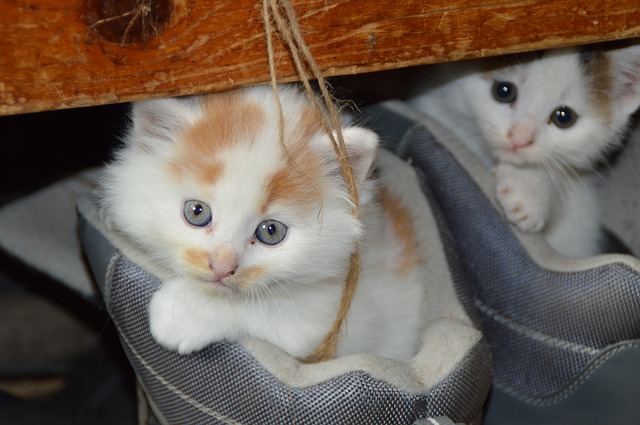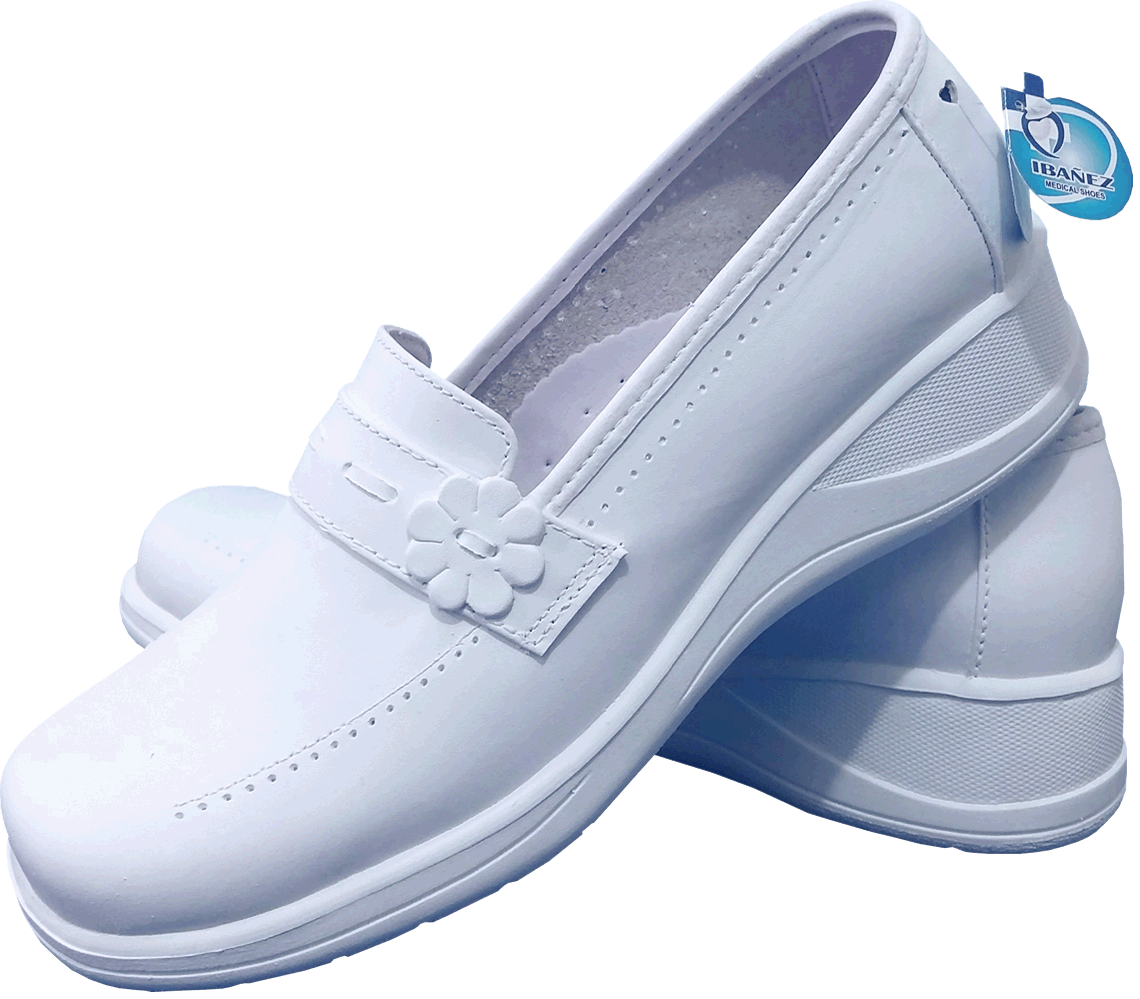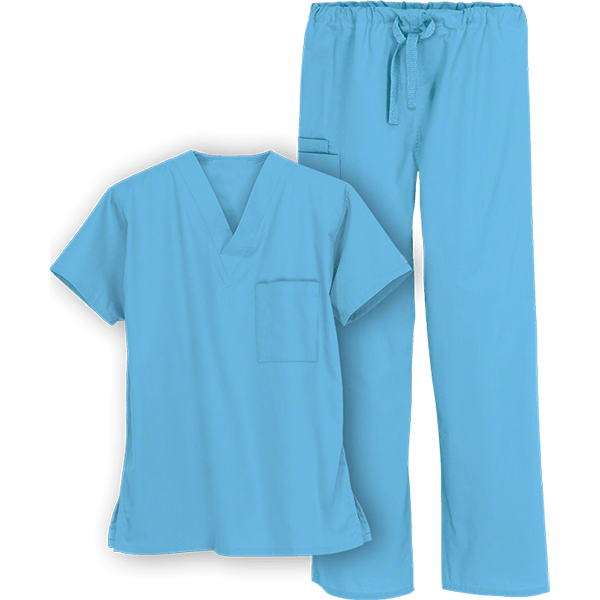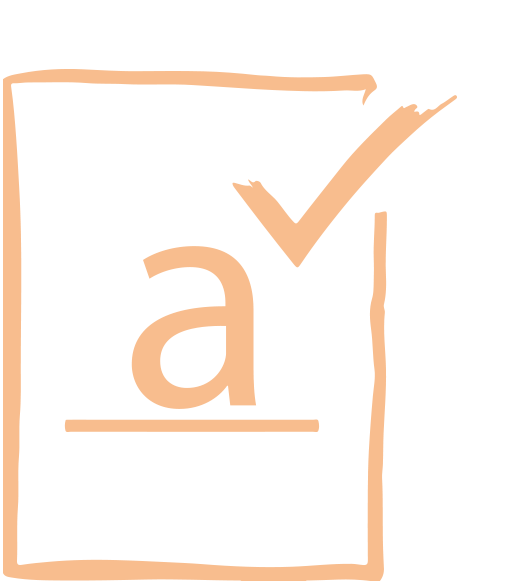To have and to hold
This time you will learn how to express possessions. It is a structure that does not exist in Spanish, but it is common in the English language: The possessive case.
In this diagram you have an overall picture of what you will find in this unit:
Hover over each of the boxes to check your information.
Content
Self-assessment
Reading
Speaking
Listening
Writing
By the end of this topic, you will:
Be able to use the possessive case, through famous and known people, to talk about peoples’ belongings.
Content
A noun goes before the apostrophe s.
The children’s room is upstairs.
Mario’s backpack is dirty.
My father’s car is white.
However, if the meaning is clear, we can use without a noun after it:
My house is smaller than Steve’s. (Steve’s house)
Whose backpack is this? It’s Mario’s. (Mario’s backpack)
In the last example, we use whose to ask for the owner of a thing or to know who possesses something.
Here are more examples. Check the form with the noun (singular or plural):
Whose is this book? It’s Mario’s.
Whose are these pencils? They’re Karla’s.
When we talk about a thing the preposition ‘of’ is used. For example:
The leg of the table.
The windows of the house.
It is crucial that you know that means:
• Possessive:
My brother’s office is downtown. (his office)
• Not a Possessive:
My brother’s an engineer. (the short form of is)
Content
In this exercise, you will read the sentences and identify if the 's is the possessive case or verb to be: is. You can check your score at the end of the exercise.

Activity 1
After studying the information presented in the content section, it is essential that you apply the use of the possessive case in context.
In this section, you will read about Mihai and Amy who are two famous people. You will also know about the objects they possess.
Listen to the audio and follow the reading. Then answer the following question as in the example:
 Whose is the ball?
Whose is the ball?
It’s Mihai’s.
 Whose are the cats?
Whose are the cats?
They’re Amy’s.

Activity 2
In the video that you watched in the content section, you have analysed that after the noun or the person who possesses something we add an ‘s.
We will continue talking about famous people which include Mexico.
Click on the audio to know about Horacio Franco.

Activity 3
In this section, you will practice what you have learned. You are going to describe people you know well. For example, your family, relatives or friends.
When we want to express possession it is necessary to pay attention if it is a singular or plural object, for example:
It’s Mike’s tablet.
It’s my friend’s jacket.
They’re my father’s glasses.
They’re Mary’s jeans.
Activity 3 Instructions.
Section A
Complete the following text with the information of a female you know well (a sister, a mother, an aunt, a woman friend, etc.).
Section B
Complete the following text with the information of a male you know well (a brother, a father, an uncle, a man friend, etc.).
Section C
Write ten sentences describing objects and the subject they belong to. Read the previous text to get some ideas.
Look at the examples:
It’s Gaby’s calculator.
They’re Mike’s motorcycles..
Note: Don’t forget that when we say that something belongs to a person, we can start a sentence with the pronoun ‘it’, but if the noun is in plural we refer them as ‘they’, also check the conjugation of the verb.
Click on the checklist evaluate your sentences.

Activity 4
Isabel and Joel have lost their belongings. She is a nurse, and he is a graphic designer. Can you help them find whose these objects are?
Activity 4 Instructions.
Exercise A
Look at the photos and match them to the owner.
Exercise B
Now record your voice and tell whose objects they are. Look at this example:




We suggest you prepare what you are going to say. Write down your sentences and practice them before you record. DO NOT read while recording. This is not a reading activity so try to speak. Do your best

We have studied in the content section that apostrophe s is used to express possessions. Remember that ‘s = possession follows the proper name or the noun.
• Murphy, R. (1998). Grammar in use. Reference and practice for intermediate students of English. United States of America: Cambridge University Press.
• Murphy, R. (2008). Essential Grammar in Use. United States of America: Cambridge University Press.
• Franco, H. 2017. Horacio Franco. https://www.horaciofranco.com/Horacio_Franco_eng.php Retrieved on: March 23rd, 2017